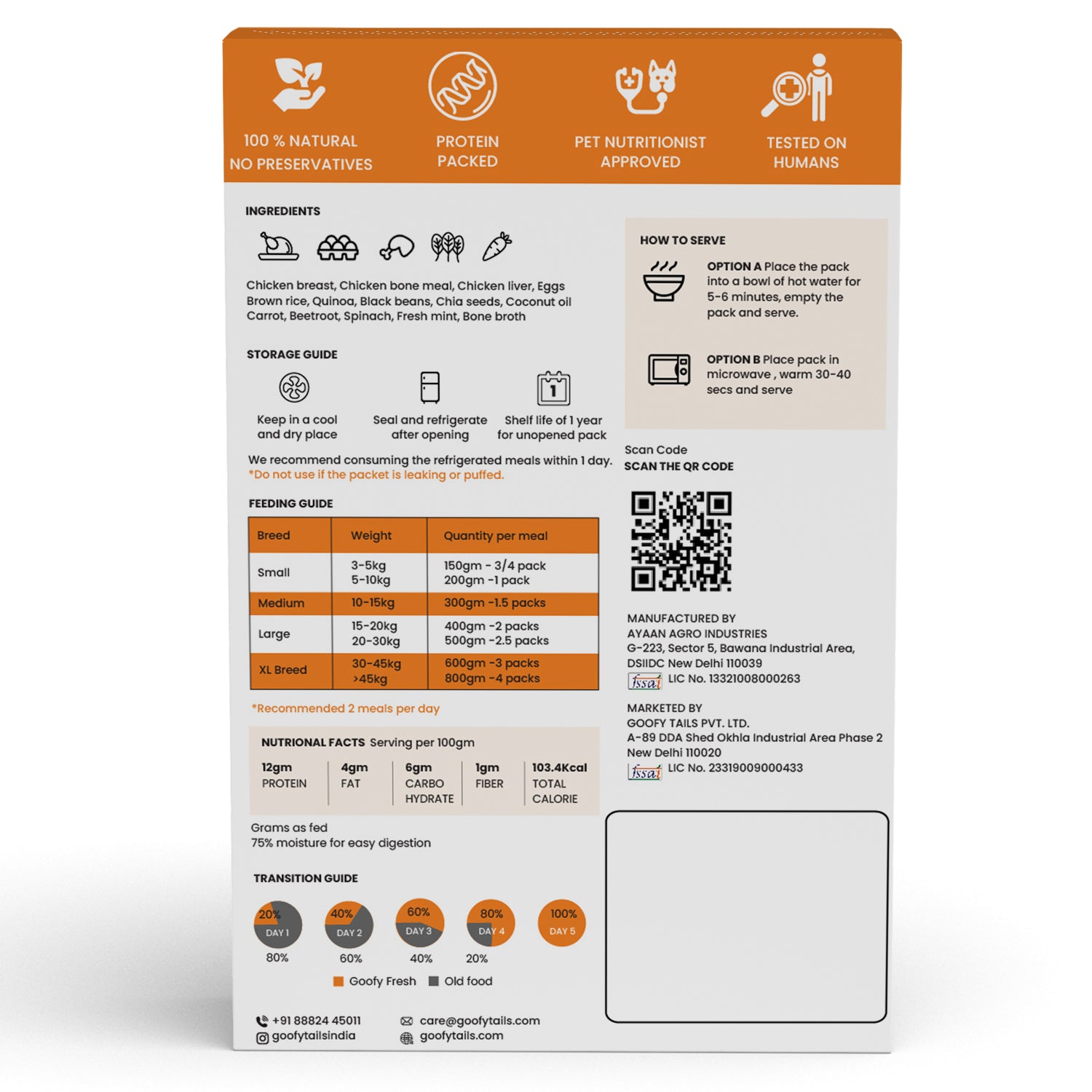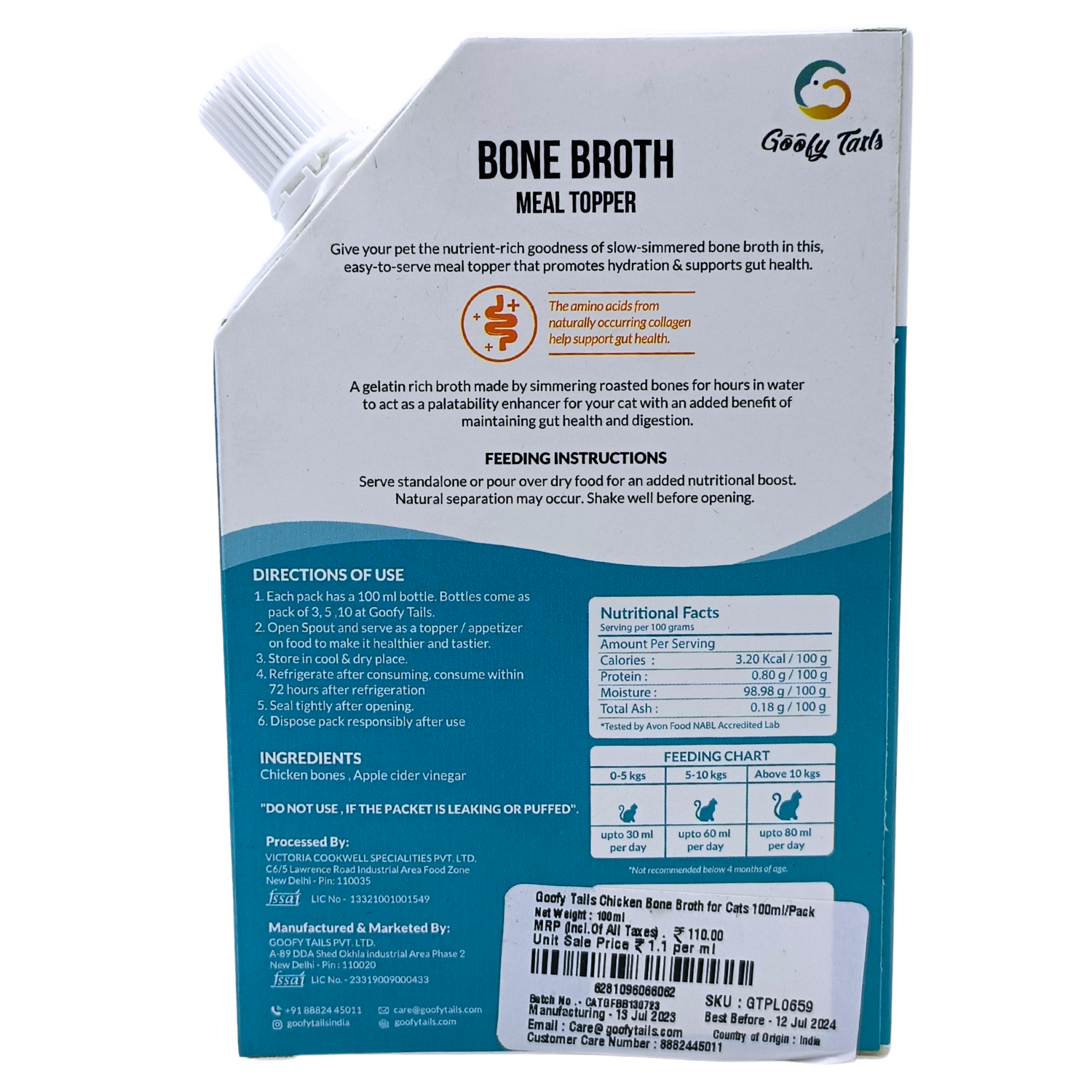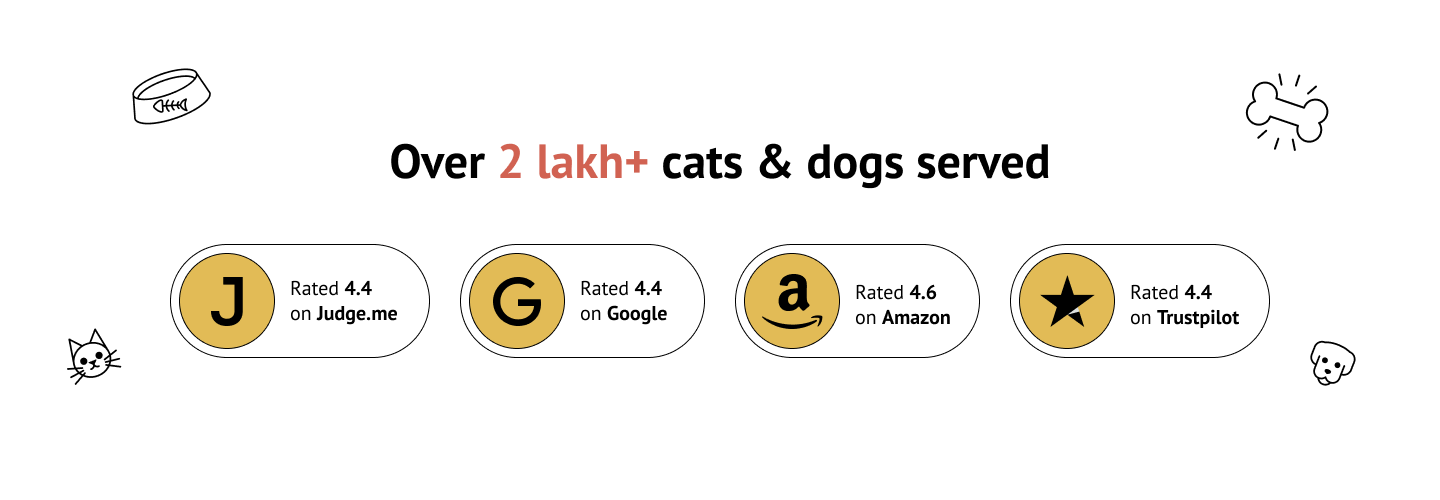Hiking with dogs 101
When you're tired of boring walks around the block and think of something fun like hiking with your four-legged best friend, there are a few things to consider. To start, dogs are incredible hiking companions and make for a stress-free, enjoyable hike if all the caution is
taken care of. As owners, our primary role on hikes invariably falls into looking out for our dogs -
Before your hike
Fitness : Since a hike is more strenuous than a walk, overall fitness is essential. Sometimes, there are underlying medical conditions that go unnoticed until the dog's body is put through a vigorous exercise like hiking. At that time, it might be too late until you reach the veterinarian, which is why a thorough physical examination and vaccination update is required.
Basic obedience : No dog likes being leashed, especially on a hike full of new and exciting smells. That said, an off-leash dog is prone to several accidents if not taught basic obedience commands like 'stay', 'come', 'leave it' etc. So that neither you nor your dog has a troublesome time on hikes, teach your dog basic discipline and sufficient impulse-control. Remember that a well-behaved dog translates to an enjoyable walk.
Food and water bowl : Be it a day-long hike or an overnight one, food and water are essentials. If your dog eats dry kibble, carry portions of his meal in boxes. If he eats wet food, buy cans of wet food in sizable amounts for each meal. A dog on a homemade diet might require to switch to either wet food or dry kibble for the hike because most homemade meals need refrigeration, and it isn't easy to carry ice boxes while hiking. It would be best to take collapsible food bowls for the hikes. Water is another essential part of treks and hikes. Warm days, dry food, rugged terrain demand extra water—the amount of water you need to carry the duration of the hike. The easiest way to determine the quantity of water required is to bring twice the amount your dog drinks on an average day. Like for food, use collapsible
water bowls instead of water bowls used at home.
Harness and leash : Even though your dog will be let loose, it is best to bring a leash to incase of an emergency. If you plan to trek in the night, put a reflective collar on your dog to know where she is at all times, even in bad weather. There are harnesses that are made for dogs to carry some of their stuff like water and food. This way, they cannot run as fast or feel tired quickly.
First aid kit : A dog's first aid kit is as essential as his food or water. A first aid kit should contain crepe bandages, sterile pads, gauze rolls, scissors, tweezers, towel, torchlight, tick and flea medication, cotton, vaccination records, emergency phone numbers, wound cleaning
solutions, antibiotic ointment, and any prescribed medication.
During the hike
Choosing the perfect trail : During hikes, avoid trails that are known to have wildlife - choose one that is safe and equally enjoyable. There are chances of your dog ingesting something harmful during the hike; if that occurs along with any sign of discomfort, take your dog to a veterinarian immediately. It would be best to choose trails that have many trees and water sources like ponds or lakes on sunny days.
Hiking Etiquette : Rules and discipline are what governs a good, enjoyable hike. ~When people and other dogs are around, leash your dog - not everyone takes a liking to dogs coming close to them. Picking up after your dog is one of the many forgotten rules on Indian hiking trails. You wouldn't want to walk next to another dog's poop, right? Pick up after your dog and safely discard the poop bag into the nearest dustbin.
Breaks : It is important for dogs to given breaks on long hikes - no matter how much energy they have left in them. Plan breaks every two hours. During these breaks, you can give your dog treats/meal (if the break falls during mealtime) and lots of water. Watch how long your
dog takes to normalize her breath. If he takes longer to catch his breath, you might want to take more breaks during the hike. Watch out for signs of foaming of the mouth, limping, vomiting, discomfort, nausea, diarrhoea or fever. If your dog shows any of these signs, it is
necessary to visit the veterinarian immediately.




















Leave a comment